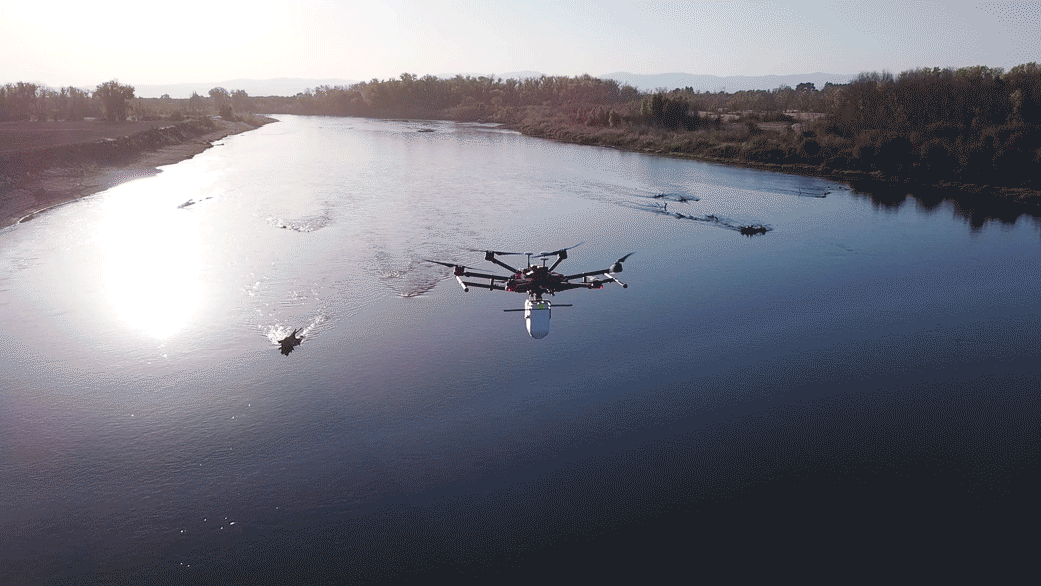2024-08-12 ロスアラモス国立研究所(LANL)
<関連情報>
- https://discover.lanl.gov/news/0812-postfire-debris-flows/
- https://agupubs.onlinelibrary.wiley.com/doi/10.1029/2023EF004318
火災後の土石流氾濫を確率論的に評価するための火災前のアプローチ A Prefire Approach for Probabilistic Assessments of Postfire Debris-Flow Inundation
Tao Liu, Luke A. McGuire, Ann M. Youberg, Alexander B. Prescott, Alexander N. Gorr, William T. Struble, Rebecca Beers
Earth’s Future Published: 12 June 2024
DOI:https://doi.org/10.1029/2023EF004318

Abstract
Increases in wildfire activity and rainfall intensification are driving more postfire debris flows (PFDF) in many regions around the world. PFDFs are most common in the first postfire year and may even occur before a fire is fully controlled. This underscores the importance of assessing postfire hazards before a fire starts. Evaluation of PFDF hazards prior to fire can help strategize interventions lessening the negative effects of future fires. However, debris-flow runout and inundation analyses are not routine in PFDF hazard assessments, partially due to time constraints and substantial uncertainties in boundary conditions. Here, we propose a prefire PFDF inundation assessment framework using a debris-flow runout model based on the Herschel-Bulkley (HB) rheology (HEC-RAS v6.1). We constrain model inputs and parameters using Bayesian posterior analysis, rainfall-runoff simulations, and a debris-flow volume model. We use observations from recent PFDF incidents in northern Arizona, USA, to calibrate model components and then apply our prefire inundation assessment framework in a nearby unburned area. Specifically, we (a) identify yield stress as the most influential factor on inundation extent and arrival time in a HB model, (b) establish posterior distributions for model parameters suitable for forward modeling by leveraging uncertainties in field observations, and (c) implement a predictive forward analysis in an area that has not burned recently to evaluate PFDF inundation under several future fire scenarios. This study improves our ability to assess postfire debris-flow hazards before a fire begins and provides guidance for future applications of single-phase rheological models when assessing PFDF hazards.
Key Points
- Yield stress has the greatest influence on postfire debris flows (PFDF) inundation extent and arrival time in the Herschel-Bulkley model
- Posterior distributions for model parameters are established for forward modeling by leveraging observation uncertainties
- A predictive forward analysis can be implemented to evaluate PFDF inundation for future fire scenarios
Plain Language Summary
Wildfires and increased rainfall are causing more dangerous postfire debris flows around the world. These are most likely within the first year after a fire, sometimes even while the fire is ongoing. Recognizing this, it’s important to assess these hazards before a fire starts to minimize damage. Current methods for predicting where and how debris flow will happen after a fire are not used often enough, mainly because they take a lot of time and there are many uncertainties involved. Our study proposes a new approach using a model to predict debris flow behavior before a fire occurs. This model, tested with data from northern Arizona, helps us understand factors like the mud’s “stickiness” which influences how far and fast it travels. We also improve the way we estimate model parameters by incorporating uncertainties from real-world observations. Finally, we use this model to foresee the impact of debris flow in different fire scenarios that could happen in the future. This work not only gets us better prepared for postfire debris flow but also offers guidance on how to use these models in future hazard assessments.



